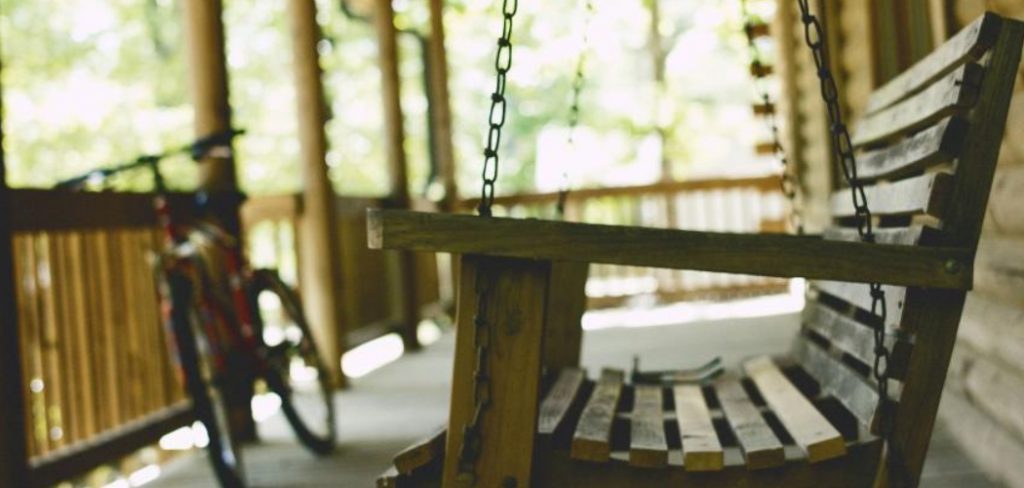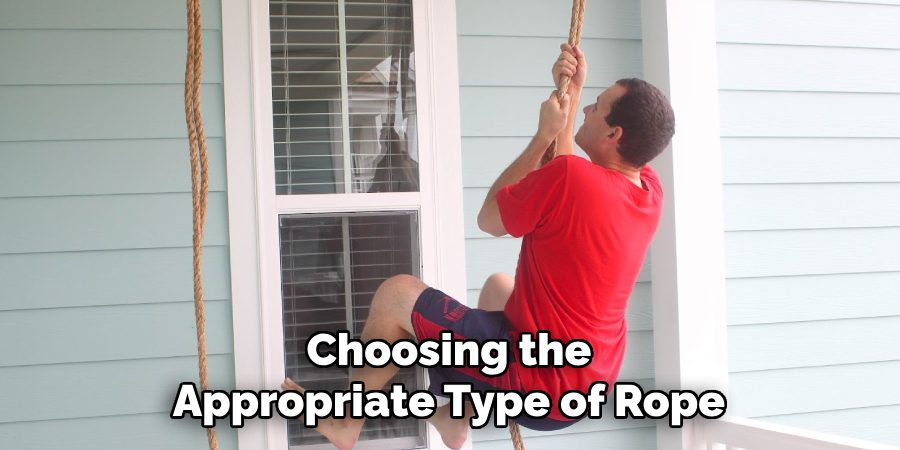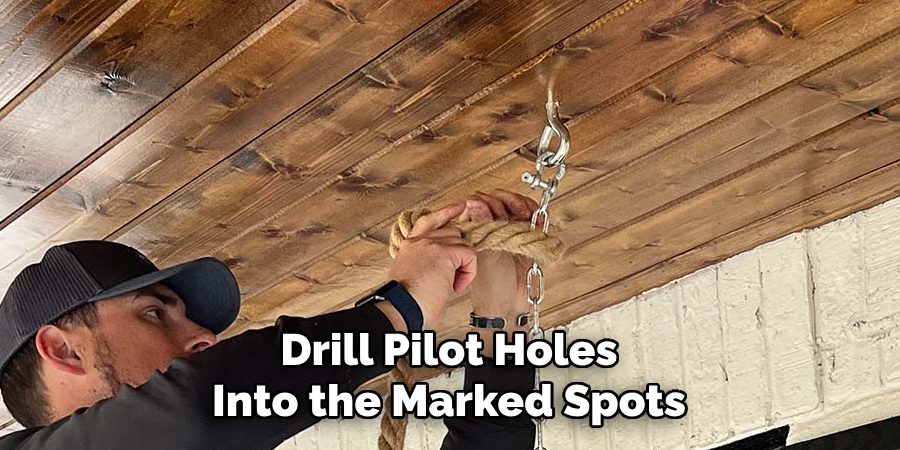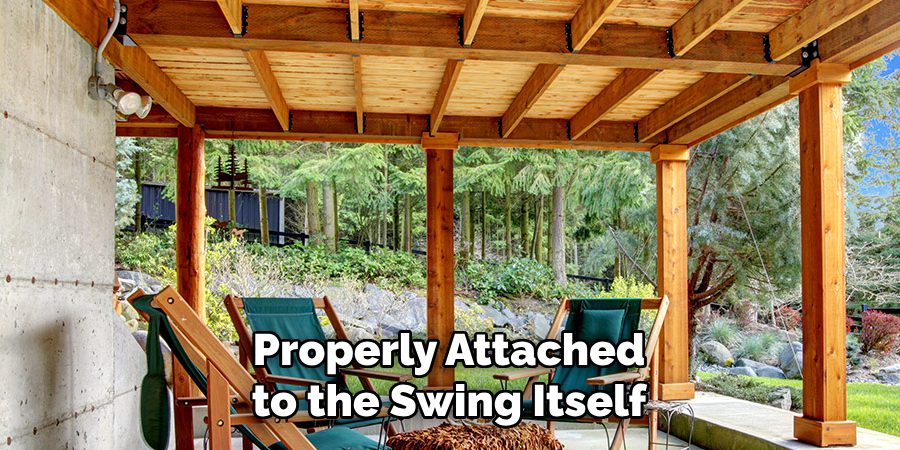Hanging a porch swing with rope is a simple yet rewarding way to add charm and relaxation to your outdoor space. A carefully installed porch swing can become the perfect spot to unwind, enjoy a book, or spend quality time with loved ones. This guide will walk you through the steps of how to hang porch swing with rope, providing both safety and comfort for years to come.

Benefits of Adding a Porch Swing
Adding a porch swing to your outdoor space comes with numerous benefits that go beyond simple aesthetics. A porch swing creates a comfortable and inviting atmosphere, making it an ideal spot for relaxation and enjoying fresh air. For families, it serves as a gathering place that encourages bonding and meaningful conversations.
Swinging also has calming effects, which can help reduce stress and promote a peaceful state of mind. Additionally, a beautifully crafted porch swing can enhance the overall appeal and value of your home, offering a timeless charm that complements any style of decor.
Why Rope Suspension is a Great Choice
Using rope to hang your porch swing provides a blend of aesthetic appeal and functional benefits. Unlike metal chains, rope offers a softer, more natural look that complements various outdoor styles, from rustic to modern. High-quality ropes, such as polyester or polypropylene, are not only durable but also resistant to weather conditions, ensuring a long-lasting suspension system.
Additionally, rope absorbs shock more effectively than metal chains, resulting in a smoother, quieter swinging experience. Its versatility allows for easy adjustments, ensuring your swing is perfectly leveled and securely fastened. By choosing rope suspension, you enhance both the visual and functional aspects of your porch swing setup.
10 Methods How to Hang Porch Swing with Rope
1. Selecting the Right Rope for Strength and Durability
Choosing the appropriate type of rope is essential for both safety and longevity. Natural fiber ropes such as Manila or sisal offer a classic aesthetic but may weaken over time due to moisture exposure. Alternatively, synthetic ropes like polyester or polypropylene are more resistant to weathering, UV rays, and stretching.

Ensure the rope has a weight capacity that exceeds the total load of the swing, including the people who will use it. Typically, a rope with a thickness of at least ¾ inch to 1 inch provides the necessary strength while allowing for a secure grip and smooth swinging motion.
2. Identifying a Secure Mounting Structure
A porch swing must be hung from a structurally sound support beam or ceiling joist capable of bearing the swing’s weight and the force of movement. Avoid attaching the swing to weak or decorative trim boards.
If the ceiling joists are not exposed, use a stud finder to locate them and ensure they run perpendicular to the swing’s intended position. The joists should be at least 2×6 inches in dimension for adequate strength. If necessary, reinforce the mounting area with additional wooden supports before proceeding with the installation.
3. Measuring and Marking the Hanging Points
Accurate measurements are key to ensuring proper balance and stability. The hanging points should be spaced to align with the swing’s width while allowing ample room for movement.
Generally, the ropes should be positioned 2 to 4 inches outside the width of the swing to maintain stability and prevent excessive swaying. Measure and mark the locations on the ceiling where the ropes will be attached, ensuring they are equidistant from each other to maintain balance when the swing is in use.
4. Drilling Pilot Holes for Eye Screws or Hooks
To create secure anchor points for the ropes, drill pilot holes into the marked spots on the ceiling joists. Using a drill bit slightly smaller than the diameter of the eye screws or hooks will help ensure a tight fit. The pilot holes should be at least 3 inches deep to provide adequate support.

High-quality galvanized or stainless steel eye screws, lag hooks, or U-bolts rated for heavy loads should be used to secure the ropes. These hardware pieces help distribute the weight evenly and prevent the rope from slipping or fraying due to friction.
5. Attaching the Rope with Secure Knots
The method used to tie the rope to the eye screws or hooks significantly affects the swing’s stability and safety. A bowline knot is one of the most reliable choices, as it creates a secure loop that does not slip under pressure. Alternatively, a clove hitch knot with a backup half hitch provides a strong and adjustable hold. To further reinforce the knots, wrap the rope with electrical or friction tape at the points of contact, reducing wear and preventing slippage over time.
6. Adjusting the Rope Length for Ideal Swing Height
The swing should be positioned at a comfortable height for sitting and swinging. A typical seat height ranges from 17 to 20 inches above the ground, allowing easy access while ensuring sufficient clearance for movement.
Adjust the rope length accordingly before securing the final knots. If needed, temporarily tie the knots and test the swing before making permanent adjustments. Consider leaving extra rope at the top in case fine-tuning is required later.
7. Creating a Secure Attachment to the Swing Seat
Once the top knots are secured, the other end of the rope must be properly attached to the swing itself. If the swing has pre-drilled holes, thread the rope through and tie a double overhand knot or a figure-eight knot underneath the seat to secure it in place.

For swings without pre-drilled holes, wrap the rope around the armrests or seat frame, tying it off with a reinforced clove hitch or taut-line hitch. Ensure the knots are symmetrical on both sides to maintain even weight distribution.
8. Testing the Swing for Stability and Safety
Before using the swing, conduct a thorough safety check to confirm that all knots, attachments, and supports are secure. Apply downward pressure by pushing and pulling the swing gently in different directions.
Next, sit on the swing and slowly add weight while checking for any shifting or loosening of the knots. If the swing holds steady, perform a few gentle swings to test the smoothness of movement. If any creaking or instability is noticed, tighten the knots and reinforce the hardware attachments before regular use.
9. Protecting the Rope from Wear and Weathering
Over time, rope can weaken due to friction, moisture, and exposure to the elements. To minimize wear, apply a protective sleeve or rubber tubing around the sections of the rope that contact the hardware.
If using natural fiber rope, periodically treat it with a waterproofing sealant to reduce moisture absorption and prevent rotting. Synthetic ropes should be checked regularly for fraying or UV damage, replacing them as needed to maintain safety. Storing the swing indoors during extreme weather conditions can also prolong its lifespan.
10. Enhancing Comfort and Aesthetic Appeal
After installation, adding finishing touches can enhance both the swing’s comfort and appearance. Soft cushions, weather-resistant pillows, or a seat pad make the swing more inviting. To create a cozy atmosphere, wrap string lights around the ropes or attach small decorative elements such as wooden beads or fabric tassels.
If desired, adjusting the rope’s length slightly can alter the swing’s motion, making it more gentle or allowing for a higher arc. Regularly maintaining and inspecting the swing ensures it remains a safe and enjoyable feature of your porch for years to come.
Maintenance and Upkeep
To ensure the longevity and safety of your swing, regular maintenance is essential. Begin by inspecting all components, including the ropes, knots, hardware, and wooden frame, at least once every three months. Check for signs of wear, such as fraying rope fibers, rusted or loose hardware, or splitting wood. Replace any damaged parts immediately to prevent potential safety hazards.
Clean the swing periodically to keep it in good condition. For wooden swings, use a mild soap solution to remove dirt and grime, and reapply a weather-resistant wood sealant every year to protect against moisture and UV damage. If using synthetic ropes, clean them with water and a gentle cleaner, avoiding harsh chemicals that could weaken the fibers.

Additionally, monitor the swing’s position over time, as regular use can cause slight shifts or stretching of the ropes. Adjust the length or knots as necessary to maintain balance and proper height. During harsh weather conditions, such as heavy rain or snow, temporarily store the swing indoors or use a waterproof cover to shield it from the elements. With consistent care and attention, your swing will remain a safe and delightful addition to your home for years to come.
Conclusion
Hanging a porch swing with rope requires careful planning, strong materials, and proper knot-tying techniques to ensure safety and durability. By following these ten detailed methods, you can successfully install a beautiful and functional swing that provides a relaxing outdoor retreat. Thanks for reading, and we hope this has given you some inspiration on how to hang porch swing with rope!

Professional Focus
Oliver Wood, a passionate patio designer, specializes in creating comfortable and inviting outdoor spaces that enhance relaxation and entertainment. His work combines a deep understanding of design with a love for nature, making him a standout professional in the field of outdoor living spaces. Through his thoughtful approach, he transforms everyday patios into extraordinary retreats for family and friends.
About the Author
Oliver Wood, a skilled patio designer, shares his expertise on outdoor living through his designs and insights. With a background in patio design and a genuine passion for creating beautiful spaces, he encourages others to invest in their outdoor environments, enhancing their homes with functional and inviting spaces for relaxation and entertainment.
Education History
University: Virginia Union University
Oliver’s education equipped him with the knowledge and skills to design patios that merge aesthetics with comfort, transforming outdoor areas into beautiful extensions of the home.
Expertise:
- Patio Design and Outdoor Living Spaces
- Functional and Aesthetic Landscaping
- Comfortable and Inviting Outdoor Environments
- Design Philosophy for Family-Oriented Spaces
- Creating Spaces for Relaxation and Entertainment
